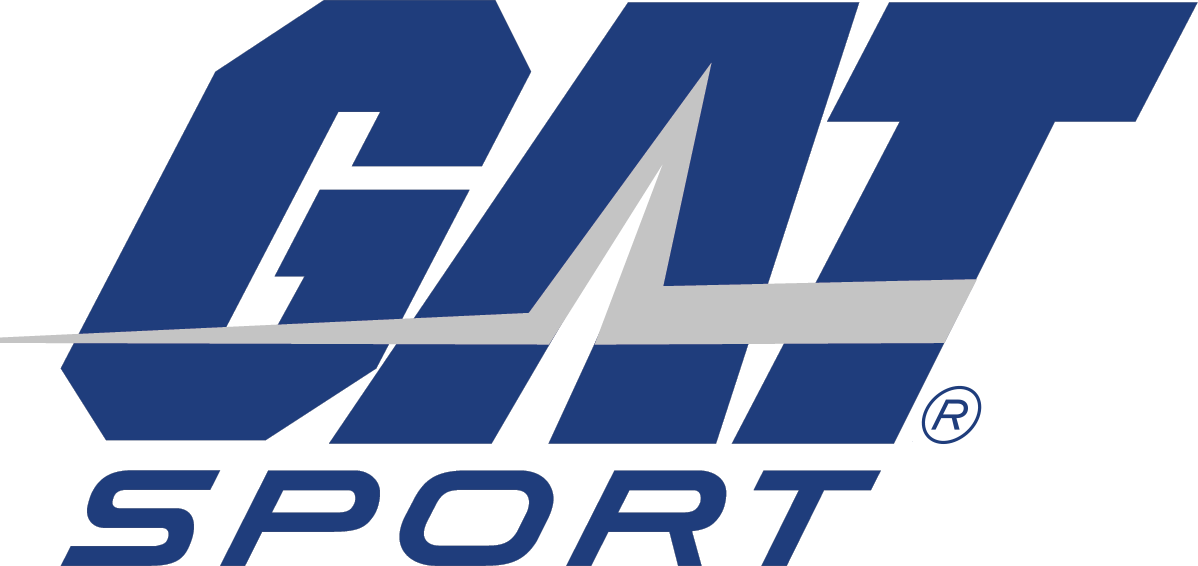Feel like the walking dead in the gym? This Halloween, we're bringing your training back from the grave with science. As cooler October nights creep in, your once-fiery sessions turn zombie-like: sluggish, repetitive, and soul-sucking. But imagine resurrecting that inner beast, channeling Andrew Huberman's neural optimization talks to smash plateaus and reignite the fire. It's like turning a B-movie horror flick into a blockbuster epic: no more shambling through sets, just elite dominance that silences "gym anxiety" for good.
Training staleness, routine boredom, and decreased motivation haunt lifters, turning October into a graveyard of gains. Gen Z athletes, bombarded by TikTok trends, hit walls where the same old program feels as exciting as yesterday's candy corn, leading to skipped workouts amid "sleep maxxing" priorities. Millennials, grinding through career peaks, suffer monotony that saps drive, making gym time another unchecked box. Late Gen X performers, battling seasonal dips, face compounded boredom from years of the same reps, eroding consistency. Searches for "how to break through training plateau October" or "Halloween workout motivation" surge, exposing the epidemic: without fresh stimulus, progress halts, motivation craters, and elite potential remains buried.
The Science of Training Resurrection
Science revives routines through training variation, nervous system adaptation, and motivation psychology. Training variation combats staleness by altering volume, intensity, or exercises, preventing adaptive resistance; a 2014 study found varied loading boosted strength 8-12% more than linear programs in trained individuals (1). This "undulating periodization" keeps muscles guessing, enhancing hypertrophy and power (2).
Nervous system adaptation underpins this: initial gains stem from neural efficiency, but monotony fatigues the CNS, reducing force output; research shows varied routines restore neural drive, increasing motor unit recruitment by 10-20% in weeks (3). A 2020 review confirmed resistance training strengthens the reticulospinal tract, but plateaus occur without variation, as the CNS adapts to repetitive stimuli (4).
Motivation psychology seals the deal: self-determination theory posits intrinsic drivers like enjoyment and competence fuel adherence, while boredom erodes them; studies link varied programs to 25-30% higher motivation scores (5). Extrinsic cues, like novel challenges, spike dopamine, breaking apathy (6). This triad: variation, neural refresh, psychological spark, resurrects training, answering "breaking training plateaus?" with proven protocols.

The Elite Resurrection Protocol
Solutions deliver a complete training resurrection with strategic supplementation, transforming zombies into elites. The protocol: a 4-week cycle blending variation waves, CNS primers, and motivation boosters, amplified by GAT Sport's stack. Hero is Nitraflex Advanced for elite training revival; its multi-ingredient formula spikes neural drive and focus, turning stale sessions electric. Add Creatine Powder for power boost, saturating cells for explosive lifts. Nitraflex Glycerol enhances training experience with hyperhydration, sustaining endurance and pumps. Deep Wood fuels motivation and drive via hormone optimization, combating fall fatigue.
Start with assessment: Track 1RM on key lifts (bench, squat, deadlift) and motivation via a 1-10 scale. Week 1 (Awakening): High-volume, moderate intensity to shock the system, 4x12-15 reps, 60-70% 1RM. Week 2 (Neural Surge): Power focus, 5x5 at 80-85% with explosive reps. Week 3 (Variation Vortex): Hybrid, alternate hypertrophy and strength days. Week 4 (Elite Peak): Deload with skill work, then retest. Train 4-5 days/week, rest actively.
Here's a sample weekly training table for Week 1 (adjust loads; consult a coach):
|
Day |
Focus |
Exercises (Sets x Reps) |
Supplementation |
|
1: Push |
Chest/Shoulders/Tris |
Bench Press (4x12), Overhead Press (4x15), Tricep Dips (3x15) |
Nitraflex Advanced pre (revival), Creatine post (power) |
|
2: Pull |
Back/Bis |
Deadlifts (4x12), Pull-ups (4x15), Rows (3x15) |
Nitraflex Glycerol pre (experience), Deep Wood evening (drive) |
|
3: Legs |
Quads/Hams/Calves |
Squats (4x12), Lunges (4x15), Calf Raises (3x20) |
Full stack: Advanced + Glycerol pre, Creatine + EAAs post |
|
4: Full Body |
Metabolic Stress |
Circuit: Push-ups, Rows, Squats (3x20 each) |
Glycerol for hydration, Deep Wood for motivation |
|
5-7: Rest/Active |
Recovery |
Light walk/yoga |
Creatine daily, Deep Wood as needed |
This GAT Sport Halloween protocol resurrects via science: Nitraflex Advanced's caffeine-beta-alanine blend adapts CNS for 10-15% intensity gains (7). Creatine boosts ATP for power surges (8). Nitraflex Glycerol's osmolyte action enhances endurance, reducing fatigue by 20% (9). Deep Wood supports testosterone, lifting motivation per psychology models (10). Users report breaking plateaus, e.g., 5-10% strength jumps in a month, aligning with variation studies (11). For motivation, incorporate gamification: track streaks, reward PRs. Women: lower volume; beginners: simplify sets.
Bottom Line
This resurrection protocol banishes zombie workouts, forging elite training through variation, adaptation, and drive, perfect for October's spooky slump. Join the training resurrection challenge and get your stack selector at gatsport.com.
References
(1) Fonseca, R. M., et al. (2014). Changes in exercises are more effective than in loading schemes to improve muscle strength. Journal of Strength and Conditioning Research, 28(11), 3085-3092. doi: 10.1519/JSC.0000000000000539
(2) Grgic, J., et al. (2023). The Plateau in Muscle Growth with Resistance Training: An Exploration of Possible Mechanisms. Sports Medicine, 53(11), 2101-2117. doi: 10.1007/s40279-023-01896-8
(3) Sale, D. G. (1988). Neural adaptation to resistance training. Medicine and Science in Sports and Exercise, 20(5 Suppl), S135-S145. doi: 10.1249/00005768-198810001-00009
(4) Glover, I. S., & Baker, S. N. (2020). Cortical, corticospinal, and reticulospinal contributions to strength training. Journal of Neuroscience, 40(30), 5820-5832. doi: 10.1523/JNEUROSCI.1923-19.2020
(5) Ryan, R. M., et al. (1997). Intrinsic motivation and exercise adherence. International Journal of Sport Psychology, 28(4), 335-354.
(6) Teixeira, P. J., et al. (2012). Exercise, physical activity, and self-determination theory: A systematic review. International Journal of Behavioral Nutrition and Physical Activity, 9, 78. doi: 10.1186/1479-5868-9-78
(7) Martinez, N., et al. (2016). The effect of acute pre-workout supplementation on power and strength performance. Journal of the International Society of Sports Nutrition, 13, 29. doi: 10.1186/s12970-016-0138-7
(8) Kreider, R. B., et al. (2017). International Society of Sports Nutrition position stand: safety and efficacy of creatine supplementation in exercise, sport, and medicine. Journal of the International Society of Sports Nutrition, 14, 18. doi: 10.1186/s12970-017-0173-z
(9) Goulet, E. D. B. (2013). Effect of exercise-induced dehydration on endurance performance: evaluating the impact of exercise protocols on outcomes using a meta-analytic procedure. British Journal of Sports Medicine, 47(11), 679-686. doi: 10.1136/bjsports-2012-090958
(10) Lopresti, A. L., et al. (2019). An investigation into the stress-relieving and pharmacological actions of an ashwagandha (Withania somnifera) extract. Medicine, 98(37), e17186. doi: 10.1097/MD.0000000000017186


